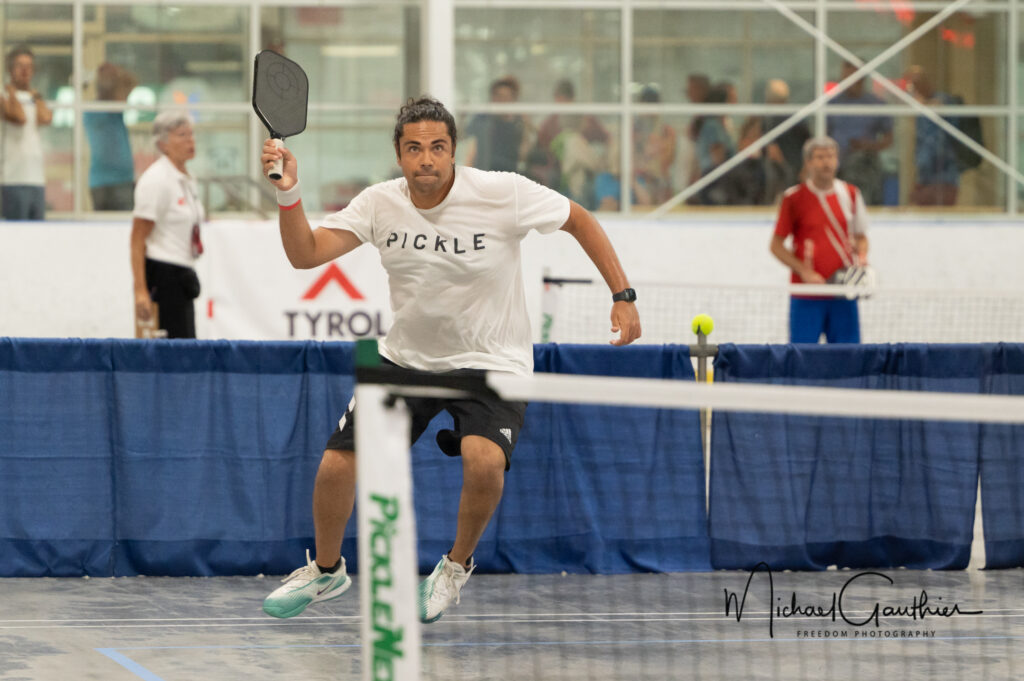We all know that building back after an injury is a challenging experience, physically as well as mentally. In the moment, there is the injury itself — the shock and disbelief, the frustration, the physical pain. Then there is the aftermath; the inability to interact with our environment and perform in the way that we’re used to, the loss of trust in our body, the focus on healing, and the toll it takes to know that you may not be able to rebuild to what you once were. Adding to that, in the world of social media, the FOMO that comes with seeing our teammates and friends continuing to grow while you feel stagnant… and the fear that you may not be able to catch up.
The greater our level of investment in sport, and the more severe the injury, the more all of this can compound and begin to feel overwhelming.
In August 2020, I began investing seriously in the up-and-coming sport of pickleball. I had some built-in competencies from a lifetime of tennis, I was accelerating quickly in the sport, and, given the nascency of pickleball as a newer entrant to the market in mainstream athletics (though the sport’s birth dates back to 1965) I saw a real opportunity to grow as an athlete and member of the wider community. I began to train intentionally, working with local semi-pro players in the Greater Toronto Area and actively participating in every opportunity for exposure to higher-level competitive play — while voraciously consuming content surrounding game strategy and development. In September 2020, I even participated in my first tournament (though with unsuccessful, if educational, results).
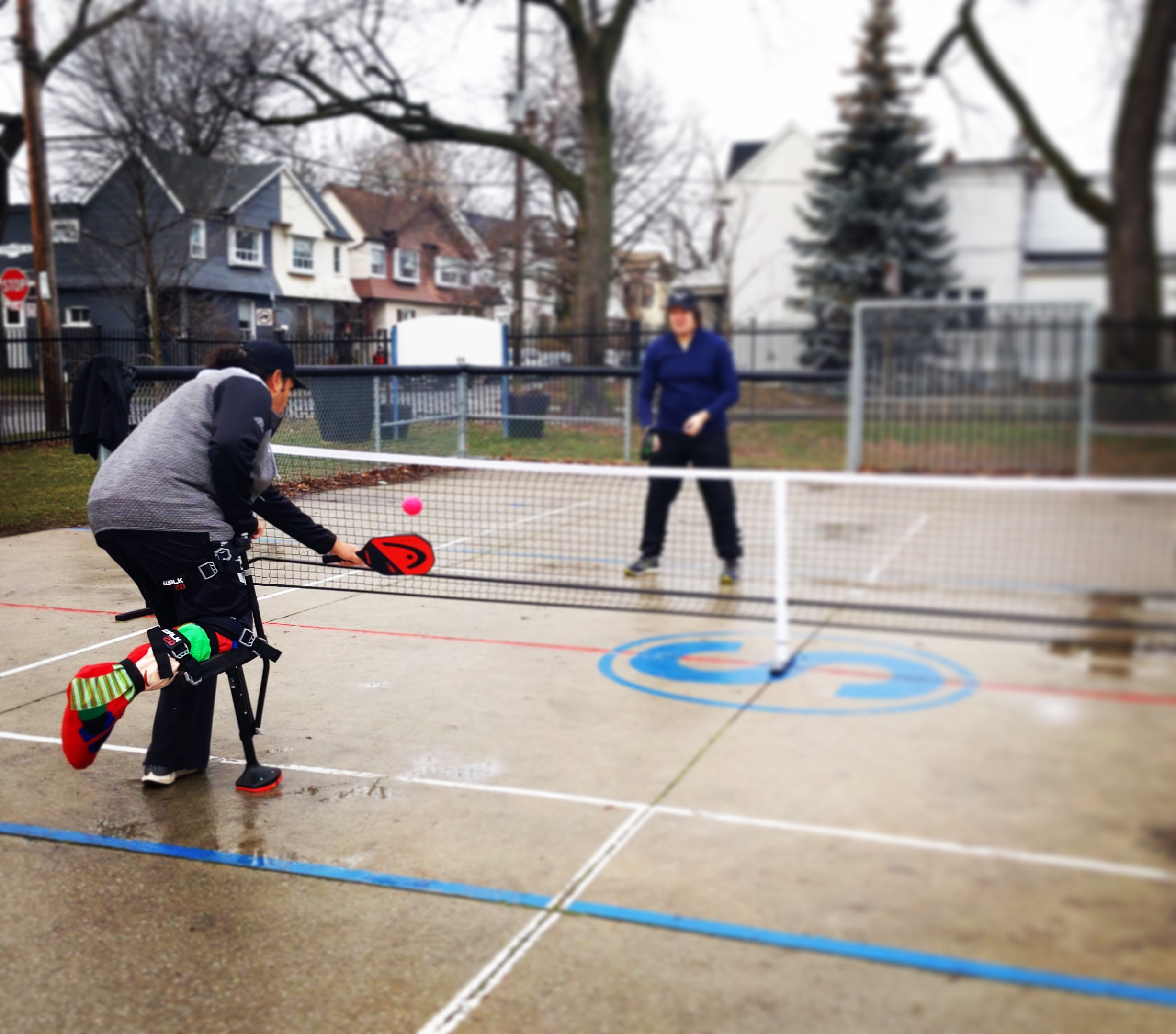
Then, just as I was getting my bearings and beginning to feel truly connected to the sport, in November 2020 I suffered a full Achilles rupture on my right side. The action was simple: pushing off to return a serve. The outcome was devastating. At the ER, after an examination, the nurse told me that at best the tendon was hanging on by a thread.
So began months of grueling recovery — in a cast, then a boot, on crutches, and then going through the frustrating process of relearning the mechanics of walking, running, and jumping. It would be a little over 9-months before I was able to compete again… and at a full level below where I was when I’d ruptured my Achilles… and multiple levels below where I would’ve been by this point if the injury had never happened.
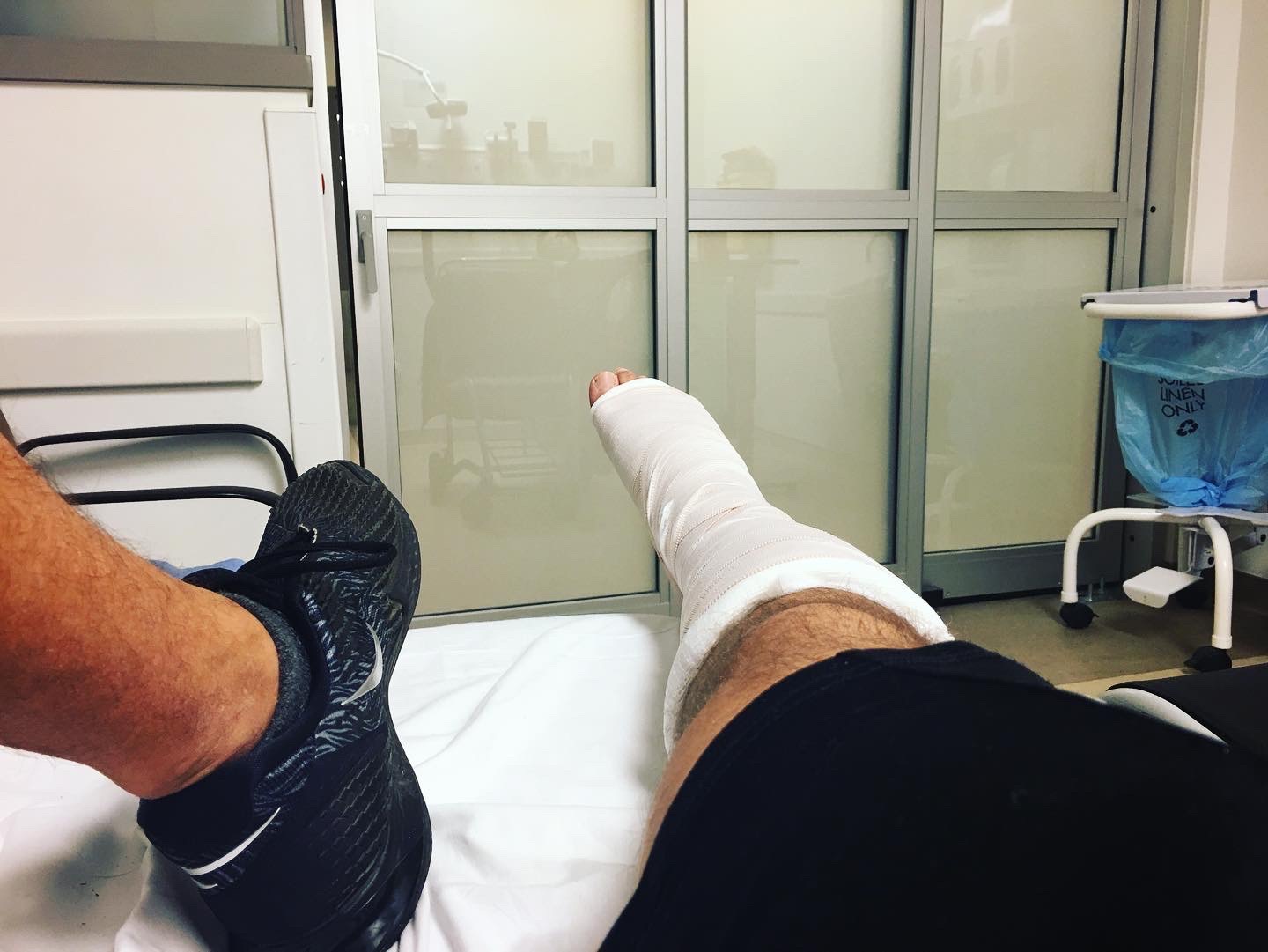
To be clear, I’m grateful for the speed of my recovery, which I’m told was significantly faster than average. I’m even more grateful for the supporters and community members who helped me get here; because where I am today is very different:
- I’ve reached the podium in singles, gender doubles, and mixed doubles multiple times in both Canada and the United States since beginning to compete again in August 2021
- I’ve just started competing at the 4.5 level; for context, that’s 2 (significant) layers down from competing in the professional league
- I’m currently sponsored to compete by both equipment and apparel brands
- I actively tour communities across Canada and the U.S. sharing stories and experiences from pickleball spanning the continent
- I contribute thought leadership on everything from fitness to travel, to athletic growth with pickleball-related publications
- And, as of June 2022, I’ve had the opportunity to team up with RockTape as an athlete ambassador — a partnership that is a natural fit considering the vital role RockTape has played in ongoing injury management and prevention over the last 1.5 years
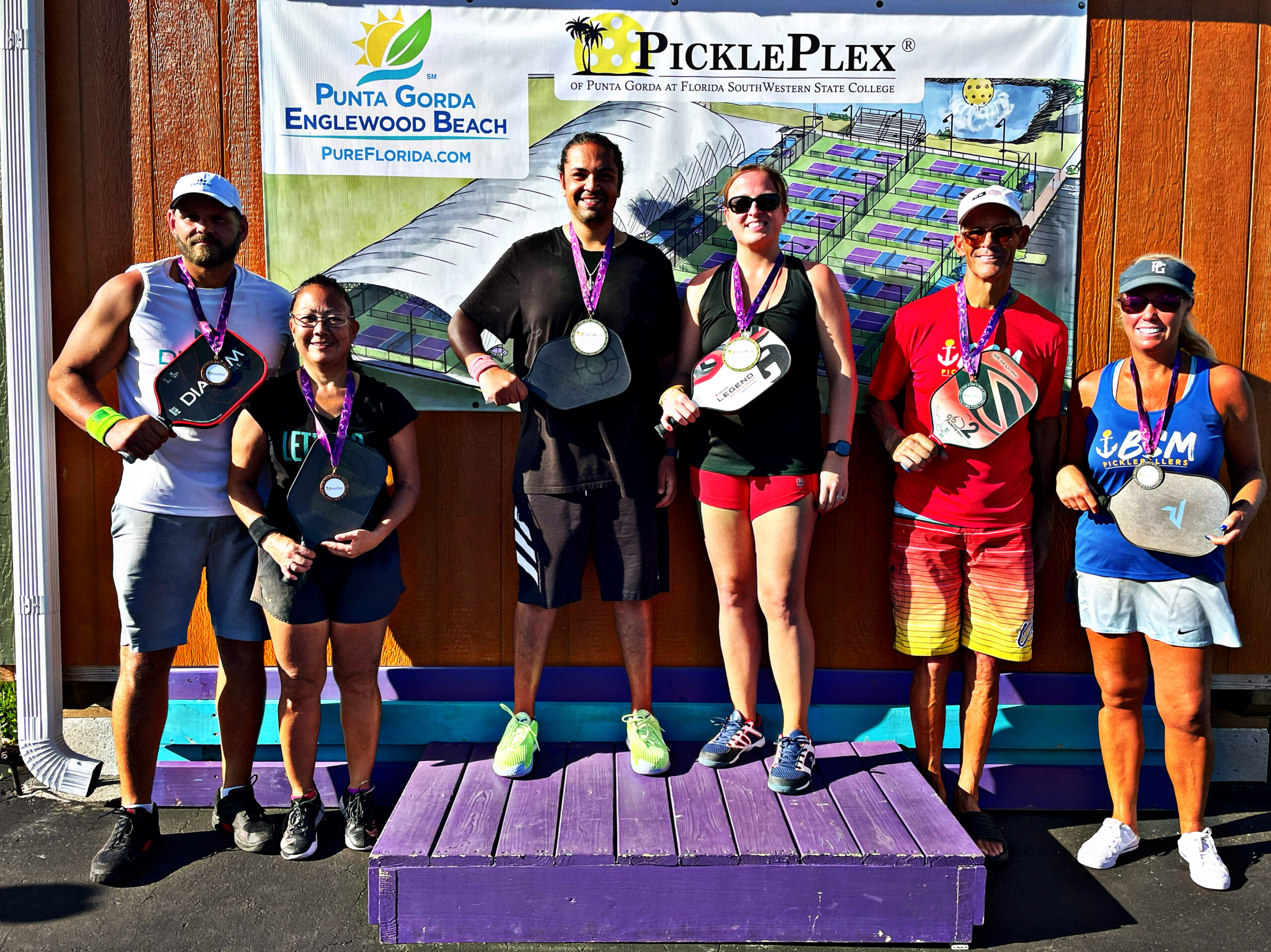
My comeback was fast, and I attribute much of that success (the part of it within my control), to 3 key strategies:
- Learn the resources you need —- find the resources you need
- Learn what you can do —- adapt for continuous progress
- Learn what you’ve lost —- adapt to elevate
- Learn the resources you need —- find the resources you need:
This strategy is critical and, frustratingly, in some ways, it’s also the least within your control. I would be remiss, for instance, if I left out my life partner in the list of people who helped make my recovery so successful. Beyond her support, however, there were 3 territories I knew needed focus beyond the immediate emergency and hospital:
- Mechanics: Physiotherapy, specifically, to begin redeveloping my mobility and future agility
- Maintenance: Ongoing pain and muscle structure management as my body worked through the burden of healing and the future state of a shorter and potentially weaker Achilles tendon on my dominant side
- Re-mastery: Sport-specific training and coaching to begin rebuilding my game under the model of being slower, less agile, and more prone to reinjury than I had been pre-injury
Where to go from here:
- Research: by understanding the needs specific to your sport, you can guide an exploration of the right professionals (e.g. sports specialists) to invest time with to help you rebuild.
- Planning: understanding where you are now, where you will be in the next few weeks, months, year, and the inputs you need in order to help you break out beyond that, at whatever level aligns with your goals.
- Networking: reaching out to find the right people and the right opportunities to help you redevelop yourself within your sport. Keep in mind that, in exploring this, there almost always needs to be a value exchange. If you’re not paying for the time of a professional, the question becomes how can you collaborate with them in a way that’s mutually beneficial? The right partnerships can make all the difference.
Learn what you can do —- adapt for continuous progress:
One of the most frustrating and disheartening aspects of injury, and particularly severe injury, is that you experience the harsh discovery of new and sudden limitations. For me, it was a simple truth: I couldn’t walk, run, jump, or compete. The barrier of injury was exacerbated by the environmental limitation of being in a non-accessible building, which meant that leaving my apartment to journey down 3 flights of stairs became a draining and physically painful ordeal.
I knew I wanted to get back to competitive play and tournament-level competition, and I knew I had months of recovery and rehabilitation ahead of me, so the strategy became about damage control — and losing as little ground as possible.
This meant:
- Adjusting my nutrition to account for some of the loss in activity
- Investing in seated home fitness equipment to mitigate unhealthy weight gain and muscle atrophy
- Leaning on friends to get on a court with me to help keep my reflexes and muscle memory active, even while seated
- Investing in a walking crutch, to adapt exercise in a standing position
- Researching ways to overcome the future loss of footspeed and agility by training up handspeed, game positioning, and strategy
For some injuries, we don’t have to be frozen in place physically. For others, we can continue to work on our sport mentally. For many recovery journeys, both are possible.
Where to go from here:
- Understanding: as painful as it can be, intentionally taking the time to explore and understand your current limitations is vital to building around them.
- Planning: before taking action, sketch out (literally or figuratively) what your new lifestyle looks like under the model of injury, and work out the practicalities of what creating that lifestyle will look like at both a time and resources investment level.
- Implementation: prioritize taking action and building the new lifestyle reality you’ve drafted out. The act of doing so will create an immediate sense of accomplishment, and once you begin to put in the work, the feeling of progress will come.
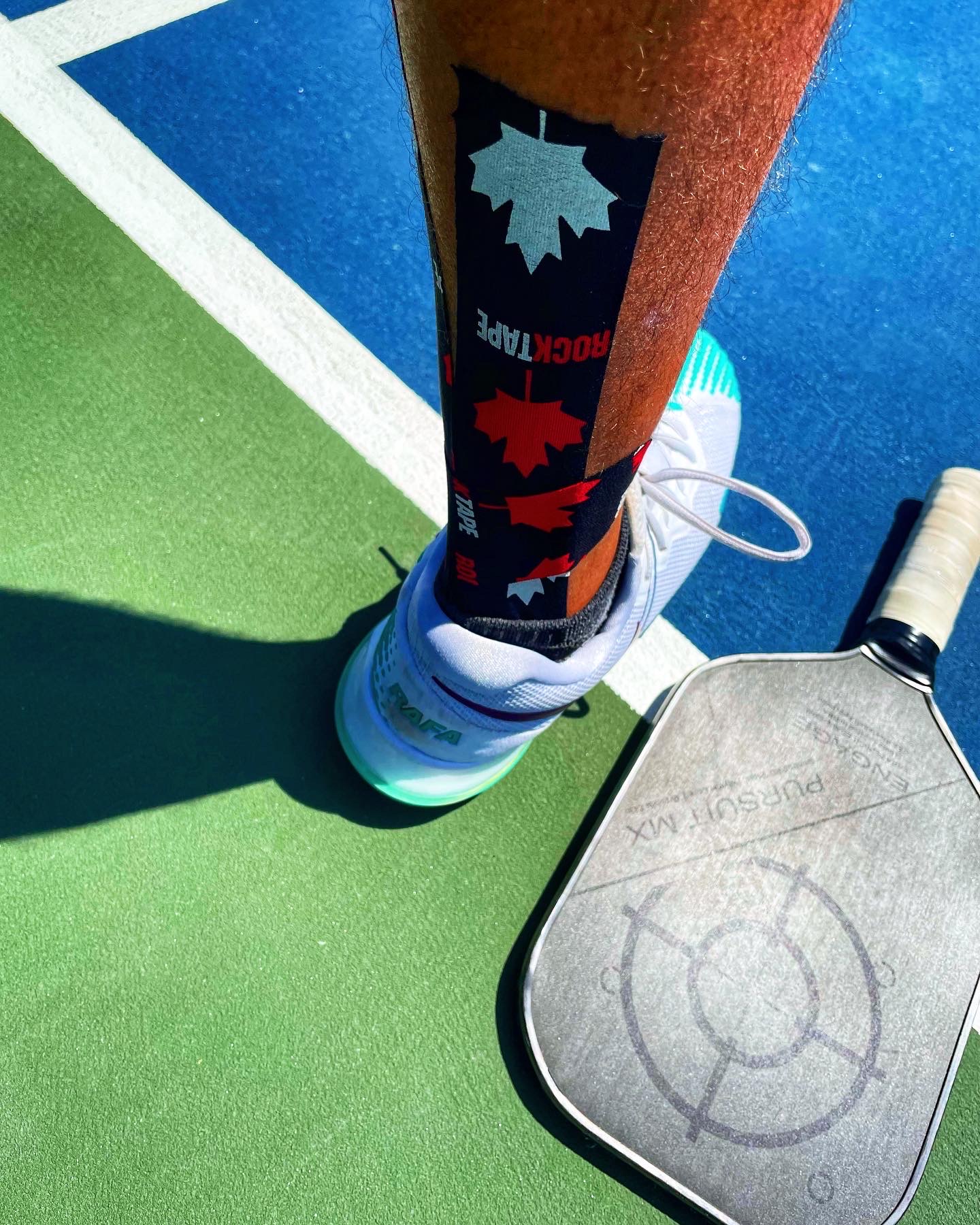
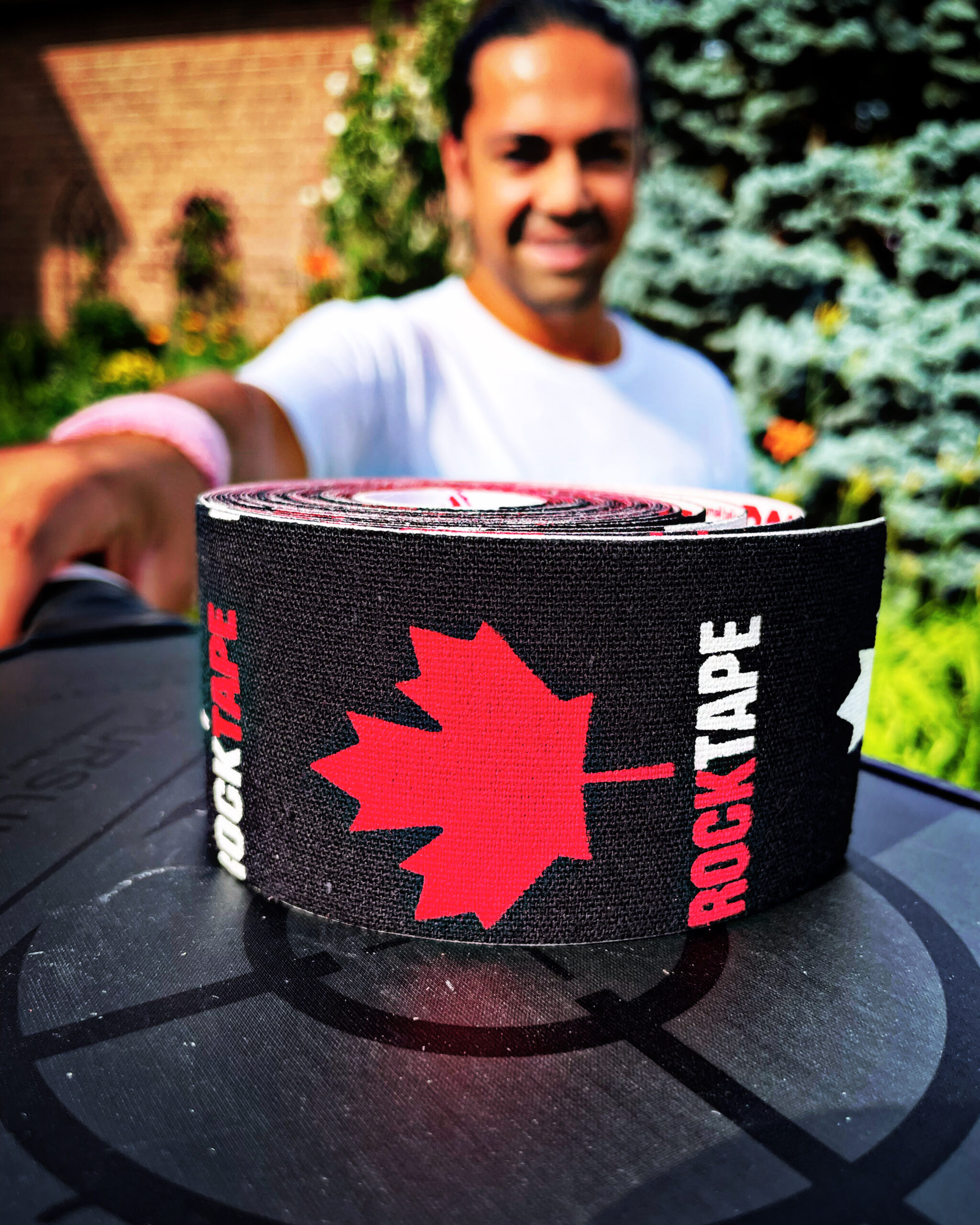
Learn what you’ve lost —- adapt to elevate
The unfortunate reality is that many of us who face injury, especially severe injury, won’t get back to 100% of what we were and, in some ways, may not regain all of the raw athletic potential that existed pre-injury.
Right now, nearly 2 years out:
- I’m at approximately 85% of my previous top speed on the court
- I’ve hit approximately 90% of my previous level of agility
- I continue to regularly undergo massage therapy and, less frequently, chiropractic treatments to manage and maintain muscle structure and mechanics
However, I’m also competing at a significantly higher level than I was at the time of injury, despite some reduction in athletic potential — as are many other post-injury athletes at every level.
How?
- Understanding: before you get there, learn what you won’t get back once you’re out of recovery. Again, it’s painful, but also critical. Learning what you’ve lost will help you plan to compensate around it. For me, this was all about coming to terms with reduced footspeed and agility.
- Research: knowledge is vital, here, because you need to know what part of your game to level up to close the gap created by your injury. This can be another physical attribute; it can also be in-game strategy and pre-planning. For me, it’s been both. I’ve leveled up my hand speed and reflexes to account for a reality where I’m less able to be in the optimal position than I was previously. I’ve also actively pursued increasing my knowledge of pickleball to understand how positioning and shot selection can create a court environment that’s in my favor and minimizes the impact of injury.
- Resources: once you know what you need, then you need the right resources, including teammates, to help you get there. This is where networking again becomes vital, connecting with the right people to help you build back and become stronger than you were before. For myself, two professional pickleball coaches who have played an invaluable role in my elevation have been Luc Germain as the coach who helped bring my game up to a tournament competitive level and Cody Barbeau both as a coach and through his National Competitive Training League (NCTL) based out of Ottawa.

This last piece is also where you begin to work proactively to ensure that you’re able to successfully move forward in your sport while mitigating the possibility of reinjury. In many cases, and certainly in my case, injury can be a lifechanging experience — which means that it’s critical for us to be able to accurately assess what we need in order to change our lives, and our approach to sport, for the better. For myself, that’s where RockTape is important; a high-quality, comfortable, and stylish product that provides the additional support I need to prevent reinjury and also to proactively mitigate the possibility of new injury to my left Achilles (considering the principle that what happens to one side of the body tends to be reflected on the other). For you, that could mean anything from protective equipment to regular treatment, to sport-specific exercises that continue to nurture and strengthen your body.
After that, you do what we always need to do. You train, become stronger, play harder.
By: Mo Waja — RockTape Ambassador, sponsored athlete, pickleball player; Instagram: @iammowaja
